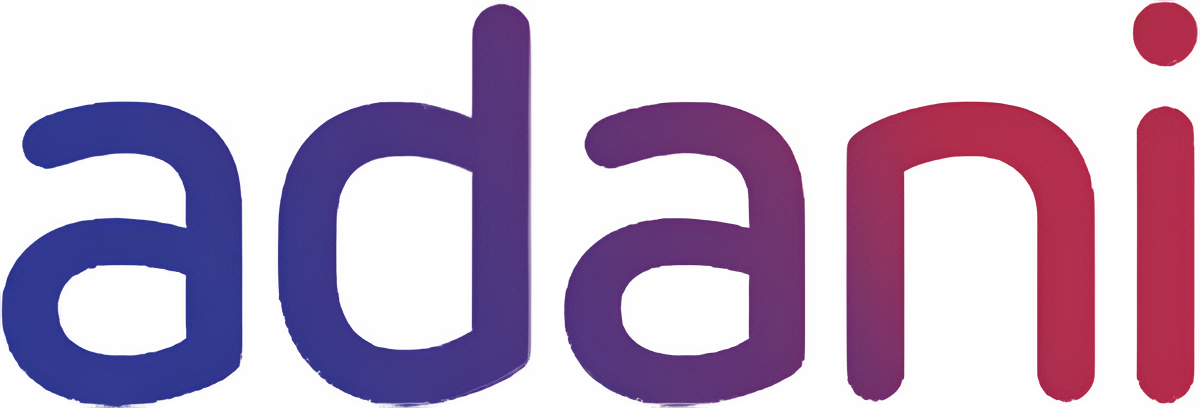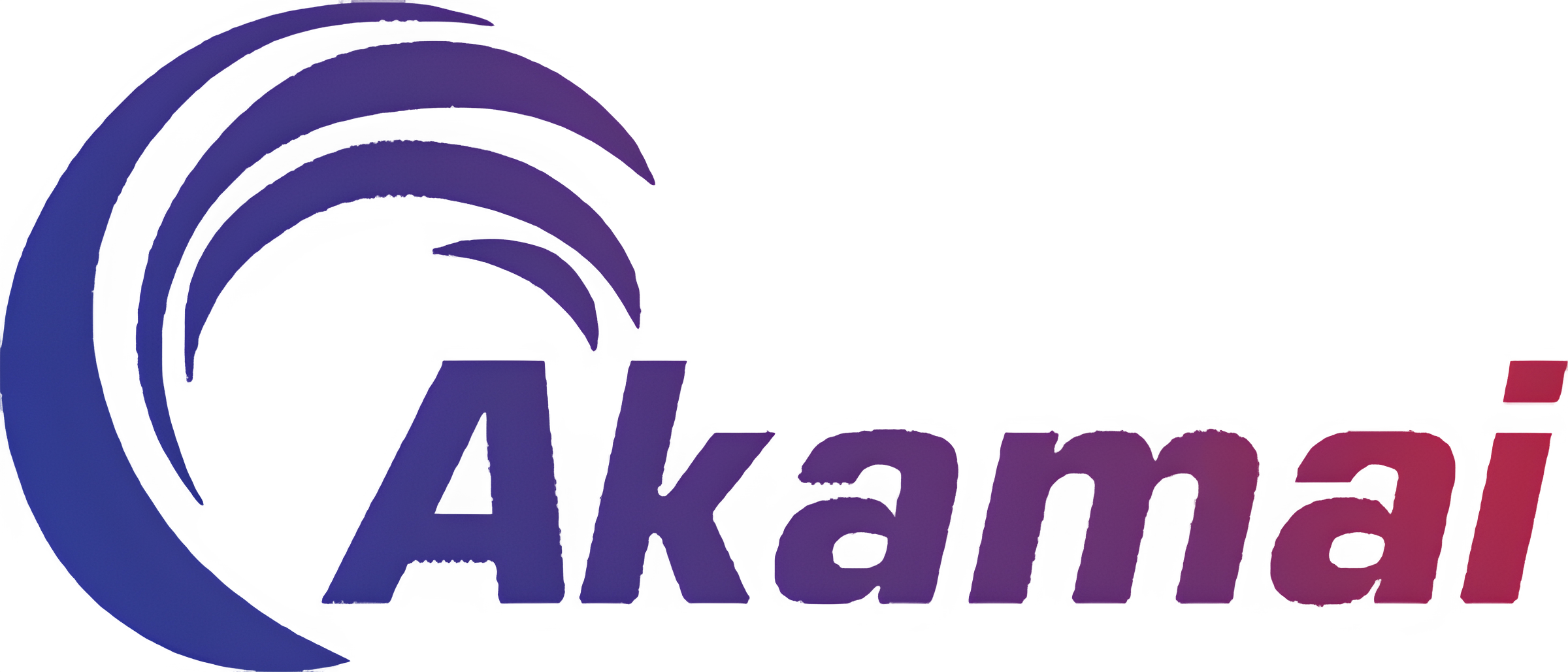How to Create a Loan App Like PaySense: Complete Development Guide
The rise of digital lending has transformed how consumers access short-term credit, and apps like PaySense have shown there is huge demand for seamless, responsible lending experiences. Building a loan app is not just about forms and approvals — it’s about trust, compliance, fast underwriting, and a product that removes friction for users while protecting the business. This guide walks through the end-to-end process of loan app development, explains the technical and regulatory choices you will face, and describes how a seasoned fintech app development company can accelerate the journey from idea to market-ready product.
Market opportunity and product positioning
India’s digital lending market has ballooned over the last few years, driven by smartphone penetration, faster payments rails, and growing appetite among salaried and gig-economy workers for short-term credit. When you begin thinking about loan app development, start with a clear product positioning: will you target salaried customers with instant personal loans, gig workers with flexible credit, or MSMEs that need working capital? Each segment needs different underwriting signals and onboarding flows. Working with a fintech software development company helps you translate customer segments into measurable product requirements — what data to collect, which third-party APIs to connect, and how to structure pricing so the product scales while staying compliant.
Core features users expect
A modern loan app must deliver simple onboarding, quick eligibility checks, transparent pricing, easy disbursement, and fast repayments. Users expect minimal friction: a phone-number-based sign-in, document upload from camera, instant KYC verification, and a clear loan calculator showing EMI or flexible repayment schedules. For user trust, the app should surface APR, fees, and a sample repayment schedule before sign-up. From the lender side, features such as a robust loan management dashboard, risk scoring, and collections workflows are central. A fintech app development company will help map these user-facing features to backend services and data models so the product can support thousands — or hundreds of thousands — of concurrent users during marketing campaigns.
Technical architecture and recommended stack
Designing the backend architecture for loan app development requires attention to scale, security, and real-time workflows. A typical architecture includes a mobile frontend (native Android and iOS or cross-platform), a stateless API layer, a core lending engine for decisioning and loan lifecycle management, a secure data store for PII with encryption at rest, and an event-driven layer for notifications and integrations. For fast iteration, many fintech software development companies choose React Native or Flutter for the client apps and a microservices backend in Node.js, Java, or Go with PostgreSQL and Redis for caching. A robust queueing system and idempotent API design ensure retries do not create duplicate loans, and observability via logging, tracing, and metrics is essential for operational readiness.
Also Read: - How Much Does It Cost to Develop a Fintech App in 2025?
Underwriting and risk scoring
Underwriting is the heart of any loan product. To offer instant decisions similar to PaySense, combine traditional credit bureau data with alternate data: bank transaction aggregation, UPI flows, GST filings for business loans, and device signals. Machine learning models can combine these signals for a composite risk score, but initial rules-based checks are helpful to launch quickly. A fintech app development company will help you build a modular decisioning engine so models and rules can be updated independently from the core app, enabling you to tighten or relax credit policy without a full redeploy. Always keep an audit trail for every decision — regulators and partners expect explainability.
KYC, verification, and fraud prevention
Regulatory KYC and robust fraud detection are non-negotiable in any loan app. Integrate with official KYC providers, e-KYC flows, and device-level anti-fraud services that detect SIM swaps, emulator usage, or cloned devices. Liveness checks, PAN verification, and bank account verification via micro-deposits or account aggregation APIs reduce fraud and speed up disbursements. Partnering with an experienced fintech app development company speeds integration with local KYC vendors and ensures you implement secure storage and masking for sensitive documents.
Must Read: - Top 6 Fintech App Development Companies in India - 2025
Payments, disbursement, and collections
Smooth money movement is central to user satisfaction. For disbursement, integrate with payout rails that support UPI, IMPS, and NEFT. For collections, provide users with multiple repayment options: UPI auto-debit, net-banking, cards, or payment links. Automated reconciliation, retry logic, and late-fee workflows must be reliable and auditable. A fintech software development company will build reconciliation jobs, webhooks for payment status, and retry strategies to minimize failed settlements while keeping accounting clean for auditors.
UX and product design for conversions
Loan apps live or die by conversion metrics. Users abandon complex forms and opaque pricing. Design flows that request the minimum required information, allow progressive profiling (collect more data after initial approval), and show clear benefit messaging such as instant disbursal time and low documentation. In-app guidance, contextual help, and a smooth document-capture experience increase completion rates. A fintech app development company will run conversion experiments and A/B tests to iteratively improve funnel metrics and reduce drop-offs during onboarding.
Also Read: - Fintech Software Development in Mumbai: Costs, Features & Tech Stack to Consider
Compliance, legal, and regulatory considerations
Financial products are highly regulated. Depending on your market, you must comply with lending regulations, data protection laws, and payment network rules. In India, lending platforms must align with RBI guidelines, ensure fair practices in collections, and preserve consumer data rights. Work with legal counsel and a fintech software development company to embed compliance controls into the product: consent records, data retention limits, secure consent capture for account aggregation, and a dispute-resolution workflow. Designing compliance as code — where rules and thresholds are configurable — reduces the risk of non-compliance as regulations evolve.
Security and data protection
Security must be woven into the engineering lifecycle. Use end-to-end encryption for PII, secure key management, role-based access controls for admin consoles, and full-disk encryption for backups. Regular penetration testing, dependency scanning, and incident response playbooks are mandatory. A fintech app development company not only builds secure systems but also helps operationalize security with monitoring, alerting, and quarterly audits to keep the product resilient against attacks.
Must Read: - Building a Fintech App in Delhi: Cost, Timeline & Key Considerations
Integrations and third-party services
A practical loan app relies on an ecosystem: credit bureaus, KYC providers, bank aggregators, AML screening services, SMS/notification gateways, and payment processors. Choosing reliable vendors and building integration layers with retry and idempotency guarantees reduces operational risk. When selecting vendors, evaluate their SLAs and pricing for high-volume usage. Fintech software development companies help design abstraction layers so you can swap providers without rewriting business logic.
Monetization and pricing models
Loans can be monetized via interest, processing fees, origination fees, or partnership revenue. Designing fair, transparent pricing improves customer trust and reduces disputes. Experiment with segmented pricing strategies for different cohorts — e.g., higher creditworthy customers get lower rates. A fintech app development company can help instrument revenue events and model lifetime value so the product teams can optimize pricing over time while ensuring regulatory disclosure requirements are met.
Also Read: - The Future of Fintech App Development: Trends to Watch in 2025
Testing, QA, and operational readiness
Before launching to customers, validate the entire lending lifecycle: onboarding, KYC, approval rules, disbursement, repayments, and collections. Load-test the APIs and simulate payment gateway failures. Create canned dispute scenarios and validate the support workflows. A fintech app development company runs staged rollouts, blue/green deployments, and chaos tests to ensure the system behaves predictably under strain and that backups and failover mechanisms work as intended.
Go-to-market and growth strategy
Acquiring users for a loan app requires a mix of performance marketing, partnerships with employers or platforms, and referral programs. A smart growth plan blends digital ads with tied partnerships (salary accounts, gig platforms, or merchants) where eligibility signals can be shared (with consent) to pre-qualify users. Dinoustech helps clients design onboarding funnels tied to partner integrations and build tracking so acquisition cost and credit performance can be correlated.
Must Read: - Top 10 Mobile App Development Companies in India
Post-launch maintenance and iteration
Lending products require continuous tuning: credit policy updates, fraud pattern detection, and feature improvements based on user feedback. Ongoing software maintenance services are essential to patch vulnerabilities, update third-party SDKs, and scale infrastructure as user bases grow. Partnering with a fintech app development company that offers long-term maintenance ensures your lending product remains compliant and competitive.
Why choose Dinoustech for your loan app development
Dinoustech combines fintech domain experience with secure engineering practices to deliver production-ready loan apps. As a fintech app development company and trusted fintech software development company, Dinoustech builds compliant lending platforms with robust underwriting, fast disbursement rails, and user-centric design. We work with clients across discovery, MVP launch, and long-term maintenance so your loan app development journey is safer, faster, and more cost-effective.
Building a loan app like PaySense requires more than a polished frontend — it demands secure architecture, reliable payment rails, smart underwriting, and regulatory discipline. By partnering with an experienced fintech app development company and following a staged approach to development, testing, and launch, you can create a product that delights users and scales responsibly. Dinoustech can help at every step, from prototyping credit policies to maintaining production systems, so your loan app development is efficient, compliant, and customer-first.

















